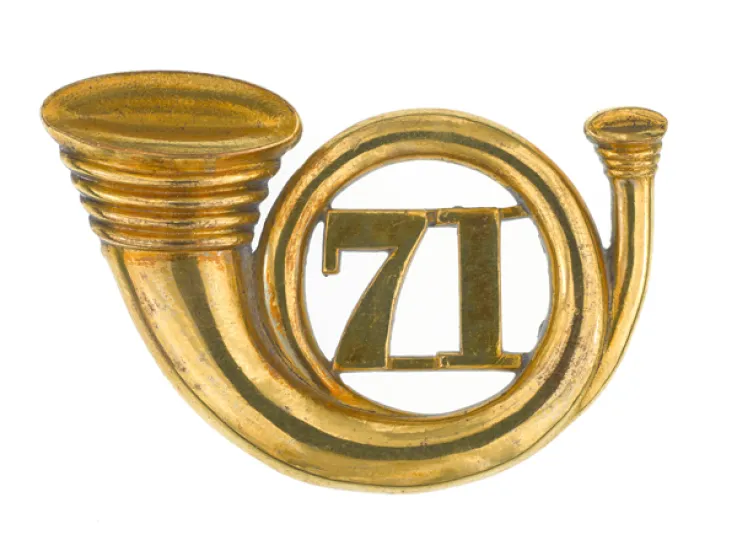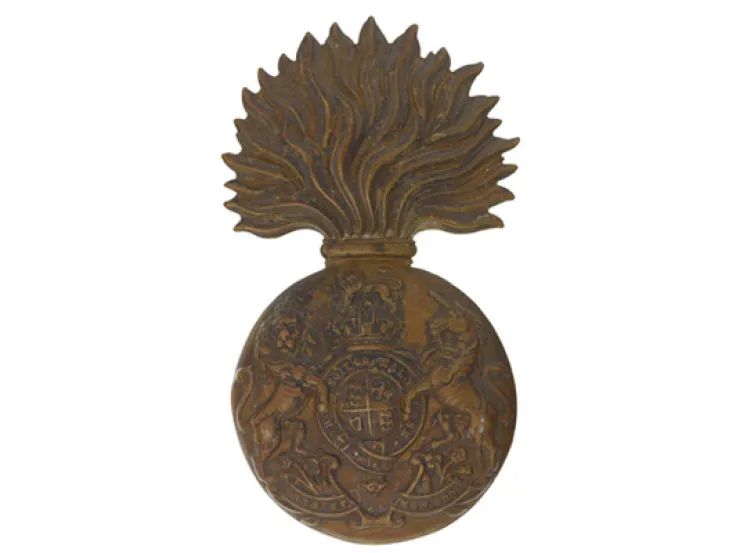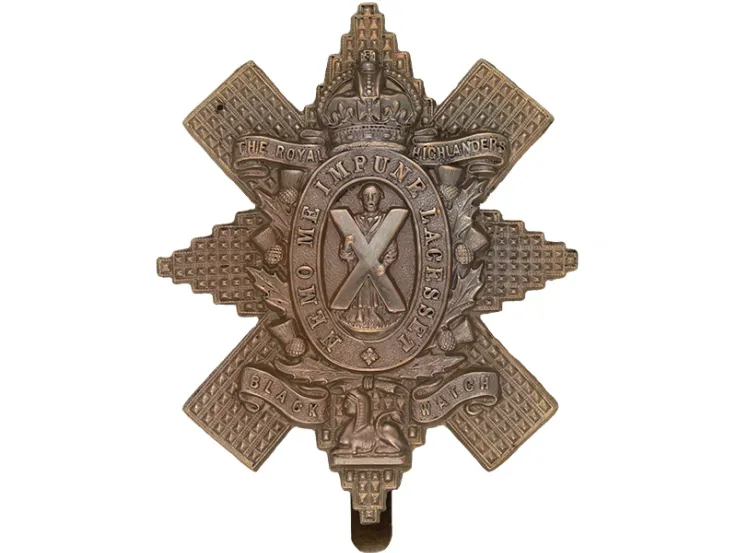Explore more from Regiments and Corps
The Highland Light Infantry (City of Glasgow Regiment)
3 minute read
Origins
The Highland Light Infantry was formed in the 1881 Army reforms by merging the 71st (Highland) Regiment of Foot (Light Infantry) and the 74th (Highland) Regiment of Foot. These became its 1st and 2nd Battalions respectively.
The new unit recruited in Glasgow, so it became the only highland regiment given the lowland uniform of trews (trousers) instead of kilts. This decision was not reversed until 1947.
Early deployments
During the 1880s and 1890s, the regiment undertook garrison duties across the British Empire. On the outbreak of the Boer War (1899-1902), 1st Battalion was sent to South Africa and fought throughout the conflict.
First World War
Both regular battalions served on the Western Front during the First World War (1914-18). Additionally, 1st Battalion fought in Mesopotamia from 1916.
The regiment also raised 14 Territorial battalions and 11 Reserve and Service battalions. Three of the Territorial battalions were sent to Gallipoli in 1915.
In 1919, 2nd Battalion joined the British force fighting the Bolsheviks in Northern Russia. Inter-war service in Palestine, Turkey, India, Ireland and Malta followed.
Second World War
During the Second World War (1939-45), 1st Battalion served in France and had to be evacuated from Cherbourg in June 1940. It then remained in Britain until June 1944, when it took part in the Normandy landings, before serving during Operation Market Garden and the liberation of Holland later that year. It went on to serve throughout the remainder of the North-West Europe campaign.
Earlier, the Territorials of 10th Battalion had also landed in Normandy, and went on to fight at Caen and Falaise (1944).
2nd Battalion was in Egypt on the outbreak of war. It fought in North Africa, Sicily, Italy, Syria and the Balkans, and served as peacekeepers in Greece in late 1944.
Legacy
In 1948, the regiment was reduced to a single regular battalion. It deployed to Malta, Libya, Suez and Cyprus over the following decade.
In January 1959, it was amalgamated with The Royal Scots Fusiliers to form The Royal Highland Fusiliers (Princess Margaret’s Own Glasgow and Ayrshire Regiment).
Regimental museums
The National Army Museum works with a network of Regimental and Corps Museums across the UK to help preserve and share the history and traditions of the Army and its soldiers.
Discover more about The Highland Light Infantry (City of Glasgow Regiment) by visiting The Royal Highland Fusiliers Museum in Glasgow.










